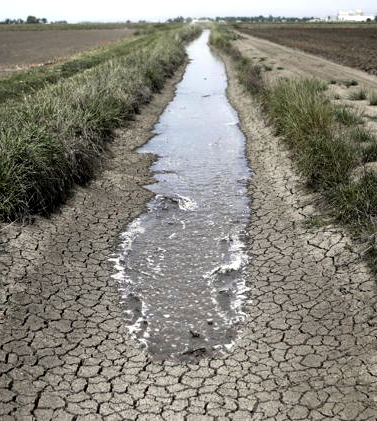Experts assess crops for dry times
 Researchers have looked at the most water-efficient crops for the future of agriculture.
Researchers have looked at the most water-efficient crops for the future of agriculture.
An additional 825 million people around the world could be fed, while also saving water resources, if the agricultural landscape is configured to optimise the distribution of crops, according to a study published this week in Nature Geoscience.
Although such optimisations may be limited by cultural barriers and dietary preferences, they have the advantage of not requiring large investment in technology or implying a loss of biodiversity, making them a viable strategy for sustainable intensification of agriculture.
With growth in global population, demand for richer diets and use of biofuel expected for the coming decades, crop production will need to increase.
However, given finite resources, sustainable intensification will require enhanced production on existing farmland, whilst seeking to preserve resources such as water, fertiliser and energy.
University of Virginia researchers used a crop water model together with maps of 14 major food crop yields to investigate the potential of increasing food production through a global spatial redistribution of crops on cultivated land.
The authors were able to identify crop configurations that produce 10 per cent more calories and 19 per cent more protein, and suggest that crop redistribution can help nations reduce their dependence on food imports.
These re-configurations of crops would also reduce the consumptive use of rainwater by 14 per cent and irrigation water by 12 per cent.








 Print
Print